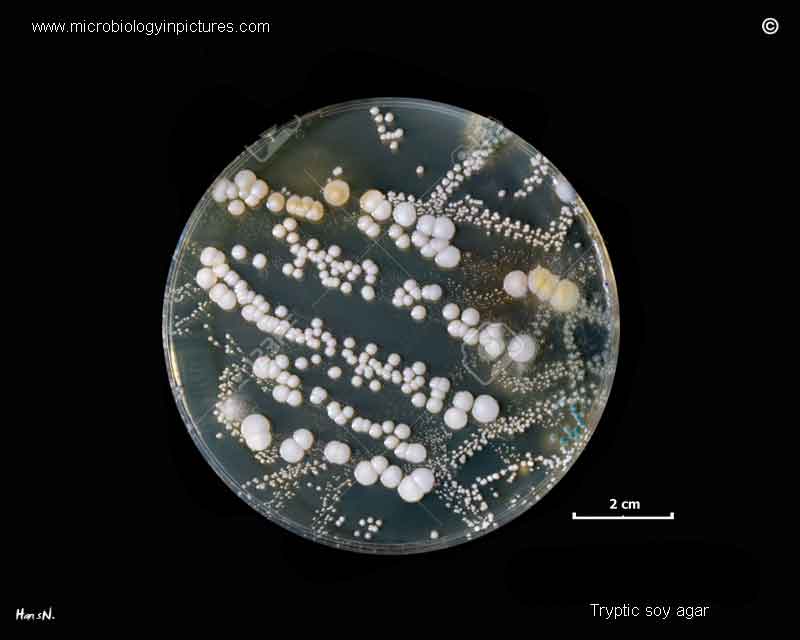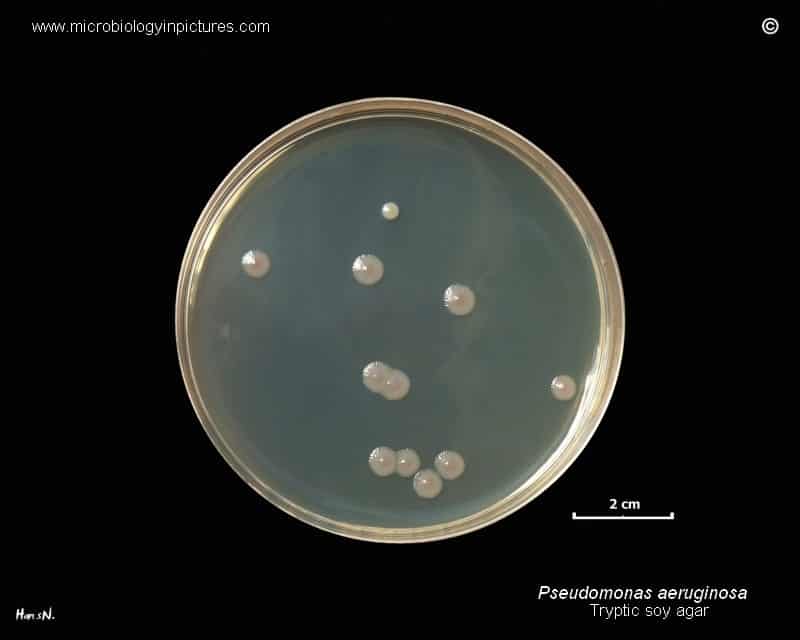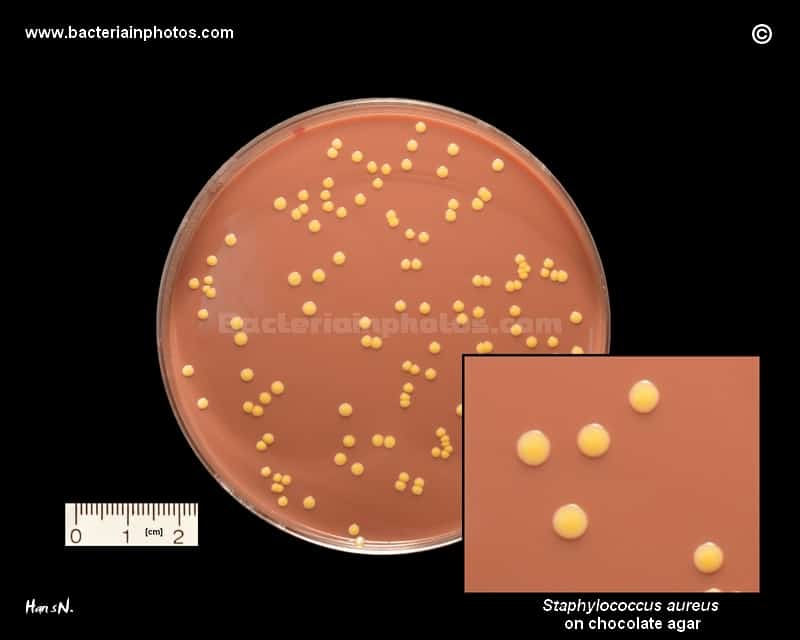
by Lab Admin | Mar 7, 2017
What It Is Mold is a non-scientific term for many types of fungi – those well-recognized patches of black, brown, yellow, pink, green, typically accompanied by smelly, fuzzy growths. Countless species of mold are found both indoors and...

by Lab Admin | Mar 7, 2017
What It Is Salmonellosis is an infection with a bacteria called Salmonella, Salmonella live in the intestinal tracts of animals, including birds. We have found Salmonella in 1 in 100 samples of Kava that are brought to us, and about 0 in every 100 samples of Kratom...

by Lab Admin | Mar 7, 2017
What It Is Pseudomonas aeruginosa is a Gram-negative, rod-shaped, motile organism (polar flagella) which characteristically produce water-soluble pigments which diffuse through the medium. The best known are pyocyanin (blue-green), pyoverdine (yellow-green,...

by Lab Admin | Mar 7, 2017
What It Is Staphylococcus aureus occurs in the nose and throat less commonly in humans. But, it can survive on domesticated animals such as dogs, cats and horses and Staphylococcus aureus can infect other tissues when natural barriers have been breached such as the...

by Lab Admin | Mar 7, 2017
What It Is Escherichia coli (commonly abbreviated E. coli) is a Gram-negative, rod-shaped bacterium that is commonly found in the lower intestine of warm-blooded organisms (endotherms). Most E. coli strains are harmless, but some serotypes can cause serious food...






